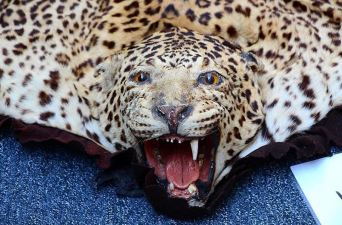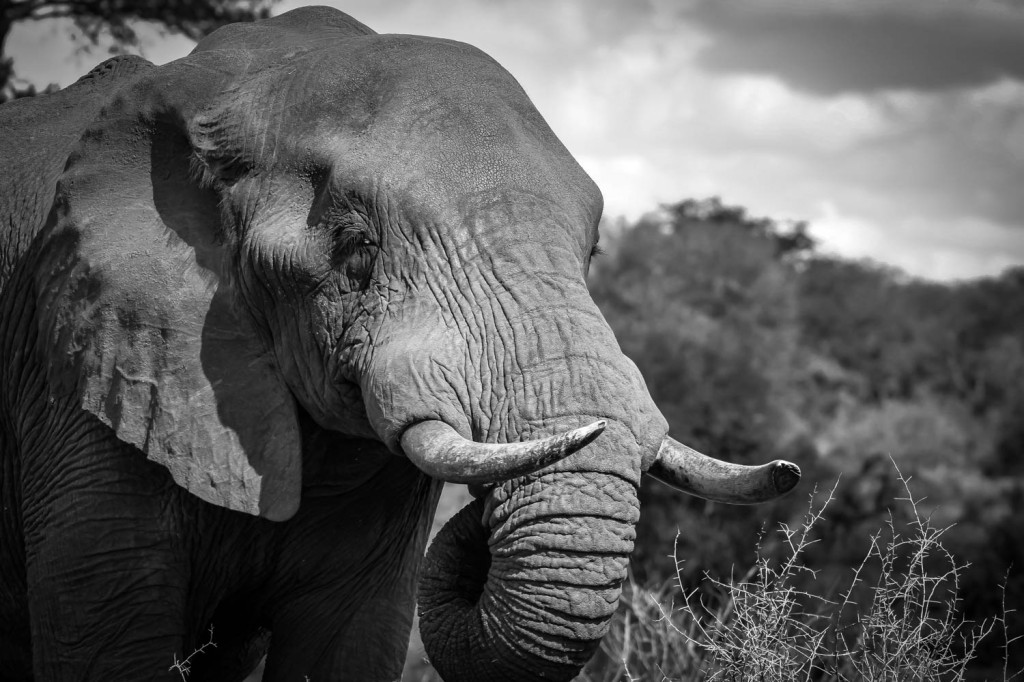The figures for the number of rhinos that were poached in South Africa in 2017 have just been released. With all of the increased awareness, education and understanding of just how few of these iconic animals the world has left, rhino poaching numbers should have decreased – right?
Well, in fact they have – by 26 individuals. Whilst a decrease in numbers initially sounds positive, the larger picture is that 1,028 rhinos were illegally slaughtered in just this one African country.
The reason for these brutal killings is to feed the demand for rhino horn in Asia, particularly Vietnam, where rhino horn is believed to have unproven medicinal value.

What is the IWT?
The illegal wildlife trade is the fourth largest profitable international crime in the world after drugs, firearms and human trafficking, and is worth around £15 billion annually. Together with this, the illegal wildlife trade is also the second biggest threat facing wildlife after deforestation.
It includes live animals and plants or animal products that are sought after by humans – which can be anything from animal skins, elephant tusks (ivory), and rhino horn, to tiger bone “medicine”, luxury food, and live animals that are illegally kept as pets.

Who decides?
The Convention on International Trade in Endangered Species (CITES) is the agreement between government officials from 183 parties worldwide responsible for deciding which animals and plants are considered to be illegal when traded – meaning that they cannot be removed from their natural habitat and traded by sale or exchange. Species populations are counted, which then informs conservationists on their official listing which ranges from least concern where population numbers are healthy, all the way to critically endangered where serious work must be done to conserve the remaining animals or plants. In addition to this, there are also two further categories – ‘extinct in the wild’ and ‘extinct’ – but these mean that there are no remaining individuals in the wild. Other factors such as health of habitat are also considered when CITES decide on the listings for species.

Why does it exist?
Like the other three largest crime industries, the illegal wildlife trade exists because there is money to be made from it. Contrary to popular belief, although we must do everything that we can to deter poachers on the ground from killing animals and plants, it is the head of these poaching syndicates that are the real concern.
Wildlife items such as ivory and rhino horn have become status symbols in Asian countries, together with ancient beliefs that products such as ground rhino horn and lion and tiger bones have medicinal value that can cure everything from cancer to a hangover – this is untrue.

Why does it continue?
As long as there is demand for these precious products the killing will continue. This is why I believe that education and awareness is one of the most important factors of illuminating the illegal wildlife trade.
Interestingly, the poaching syndicates actually want the wildlife to be extinct, so there is not much hope in explaining the dramatically decreasing numbers of these species if we want them to stop the killing. If rhinos, for example, go extinct, then the value of rhino horn will increase a drastic amount – which means more profit for them.
So by educating the world on the mistruths of medicinal value in these animal products, and raising awareness of the brutal murder that these animals go through clueless customers to attain a carved ornament to show off to friends, we can decrease the association with the need for these animal products.

What can we do?
If we instead put our time and energy into educating as many people as possible around the world about the value of these plants and animals alive then we may just have a chance. I strongly believe that this is the generation of change, of power and of hope and if we all work together we may just be able to save the things we love.
By educating the new generations, the hope is that these old, outdated traditions will die out. Let’s just hope it’s not too late.
What is a world without elephants? Without tigers? Without flowers? Without butterflies?
I don’t want to know a world like that, do you?


Leave a comment